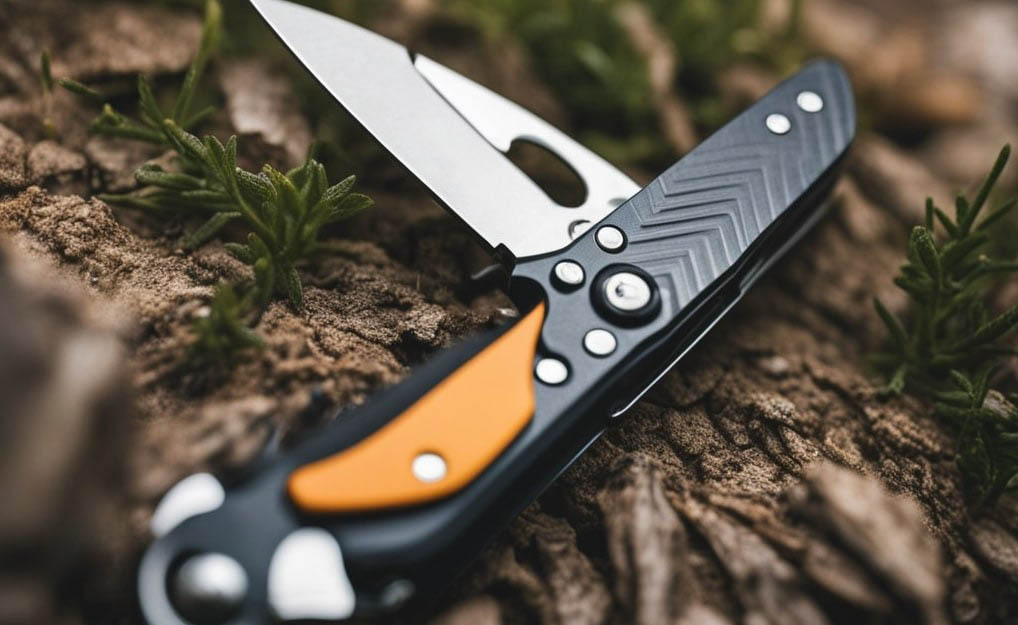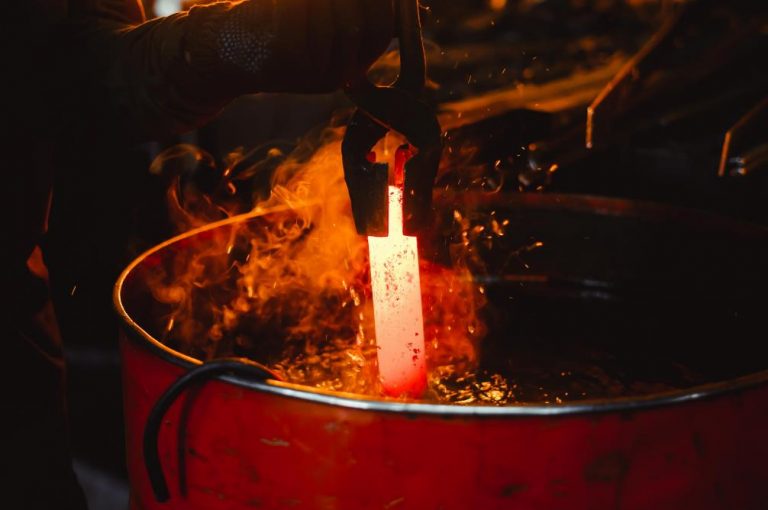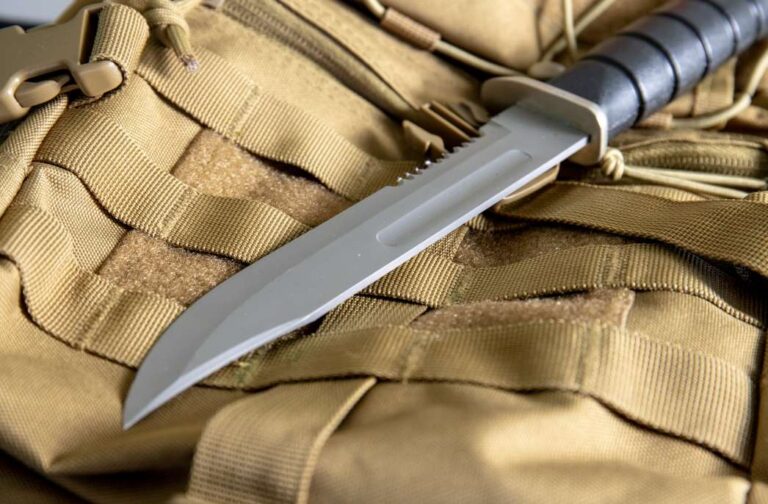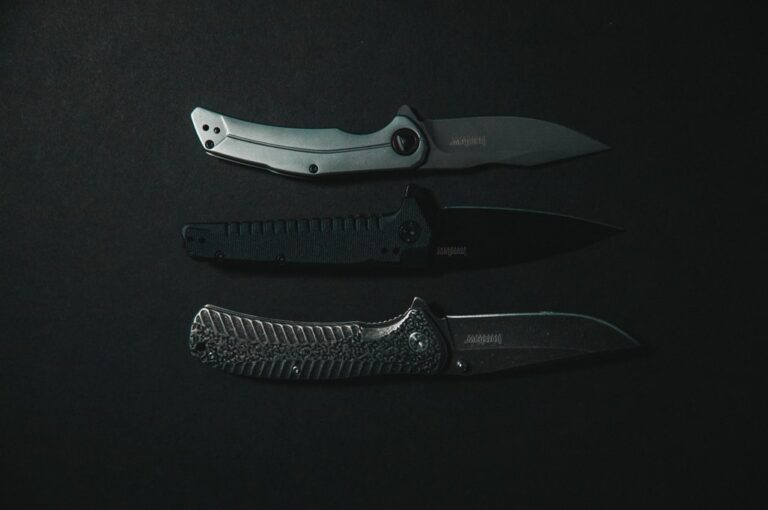Pocket knives are revered for their compact size, versatility, and ease of use. As an essential everyday tool, they never fail to prove their worth in a variety of situations. To ensure user safety and optimal functionality, many pocket knives share a common feature – a lock mechanism. This feature is crucial as it prevents accidental blade closure, which can lead to unwanted injuries and hinder the smooth operation of the tool.
There are several types of pocket knife lock mechanisms, each with its own unique advantages and drawbacks. By understanding different lock types, you can make an informed decision when purchasing a pocket knife that best suits your vision.
In this article, you will gain insights into various pocket knife lock types, their design, and how they contribute to the overall functionality of the tool. This knowledge will inevitably assist you in choosing a reliable and safe pocket knife.
Pocket knife lock vs openers vs opening mechanism
The lock is responsible for securing the blade in a fixed position, while the opener facilitates the unlocking process. The opening mechanism refers to the different methods employed to utilize the opener. The three words are often used interchangeably, but it’s crucial to know the differences.
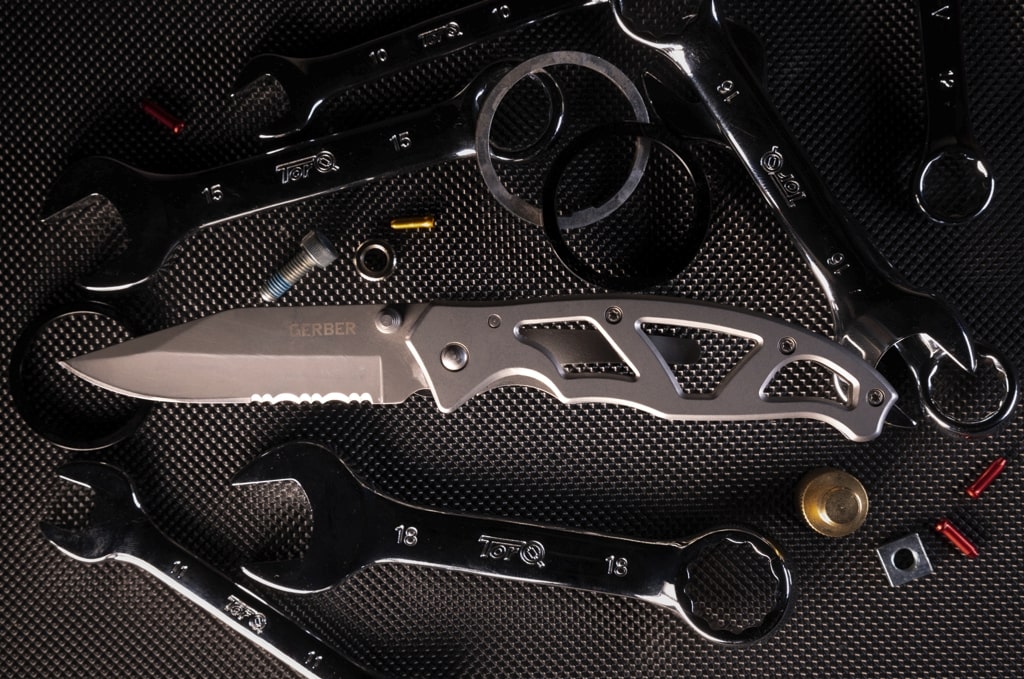
Types of pocket knife locks
In this section, you’ll learn about the various types of pocket knife locks and their features. Understanding the lock technology will help you make an informed decision when choosing a pocket knife for your needs.
Frame locks
Frame locks, also known as Reeve Integral Locks (after its inventor Chris Reeve), are a type of locking mechanism often found in one-handed knives.
The knife has handle scales and a blade, with one scale having an L-shaped notch. When the blade is closed, the notch keeps it in place by pressing inward. When you open the blade, the notch moves inward to lock it securely. Unlike some other locks, the frame lock is part of the handle itself. The handle scales are usually made from tough materials like titanium or stainless steel, making the knife durable and resistant during use.
Buy Wholesale Knives and Start Scaling up with Us Today
Contact us and connect with a sales rep to get a free quote.
Liner locks
Liner locks, another type of locking mechanism in one-handed knives, offer a secure and user-friendly design. Unlike frame locks, liner locks use a separate locking plate within the handle scales.
In a liner lock knife, the handle scales are equipped with a thin, inner plate that moves horizontally. When the blade is in the closed position, this plate sits alongside the base of the blade, preventing it from unfolding. Opening the blade causes the plate to move inward, allowing the blade to lock firmly in place. While not integrated into the handle like the frame lock, the liner lock provides a dependable and straightforward solution for one-handed operation.
Back locks
Back locks, also known as spine locks, represent a classic and reliable locking mechanism also found in one-handed knives. Back lock knives typically have robust designs. The back lock is situated on the spine of the knife, enhancing its durability and security.
In a back lock knife, a notched spring is located along the spine of the handle. When the blade is closed, the spring engages with a notch on the blade, preventing accidental closures. To open the knife, manual pressure on the spine releases the blade, allowing it to unfold. Closing the blade involves pressing down on the exposed part of the spring, disengaging it from the blade notch.
Back lock knives are celebrated for their straightforward operation and strong locking mechanism. The practicality and longevity of these knives make them a trusted choice for users seeking a traditional yet dependable tool for various cutting tasks.
Slipjoint locks
Slipjoint locks, a classic and versatile locking mechanism utilized in folding knives, provide a straightforward and adaptable design. Commonly associated with both one-handed and two-handed knives, slipjoint knives lack a fixed locking feature. Instead, they rely on a backspring mechanism to create tension, ensuring the blade remains securely in either the open or closed position.
In a slipjoint knife, the backspring, positioned within the handle, imparts resistance against the blade’s movement. This resistance, combined with openers like a nail nick, allows users to easily unfold the blade. Despite the absence of a fixed lock, the tension from the backspring provides a dependable means of keeping the blade securely positioned. Slipjoint knives are favored for their uncomplicated design, making them suitable for various applications.
Button locks or plunge lock is more of a niche locking method. They use a button on the handle of the knife to lock and release the blade. One of the more popular series that uses button lock designs is Pro-tech Cambria. Many button lock knives can be opened and closed with one hand and are ambidextrous in design.
Ring locks
Ring locks, like those found on Opinel knives, employ a rotating metal collar or ring to lock the blade in place. To unlock the knife, you simply twist the collar. These locks are sturdy but typically require two hands to operate.
The distinctive nature of ring locks makes them a unique and recognizable feature in the realm of folding knives. Their robust construction and straightforward operation make them well-suited for various applications, particularly when a secure and dependable locking mechanism is paramount. As with any knife feature, understanding the specific characteristics of ring locks enhances one’s appreciation for the diversity of options available in the world of pocket knives.
Axis locks
The Axis lock, developed by Benchmade, sets itself apart with a sophisticated mechanism. Utilizing omega springs to achieve secure blade locking in both open and closed configurations. This unique design not only ensures exceptional strength but also contributes to the smooth functionality of the lock. The ambidextrous nature of the Axis lock enhances user convenience, allowing for seamless one-handed operation irrespective of handedness.
Benchmade’s commitment to precision engineering is evident in the Axis lock’s reliability and ease of use, making it a preferred choice for those seeking a combination of robustness and user-friendly features in their everyday carry knives.
Compression locks
Spyderco’s compression lock, an advancement in knife engineering, utilizes a leaf-like spring from a split liner within the handle.
This spring wedges laterally between the blade tang’s ramp and the stop pin, offering both remarkable lock strength and user-friendly operation. This innovation underscores Spyderco’s dedication to advancing knife technology, delivering a harmonious blend of strength and practicality in a meticulously engineered locking solution.
Lockback locks
Lockback locks, such as the Tri-Ad lock by Cold Steel, have a locking bar or “spine” that engages a notch in the blade, keeping it locked in place. It’s worth noting that, in contrast to one-handed closing mechanisms, lockback locks generally require the use of two hands for blade closure. This trade-off between security and closing convenience is a characteristic consideration for those choosing their ideal folding knife.
Bolster locks
The Bolster lock, an innovative mechanism in knife design, integrates a locking system within the bolster of the knife. This mechanism typically involves a piece of the bolster engaging with the blade to secure it in place. Bolster locks offer a blend of strength and sophistication, contributing to the knife’s overall aesthetic appeal. While providing a secure lockup, bolster locks also add an element of ease, often allowing for straightforward one-handed operation. This design exemplifies a thoughtful integration of form and function, showcasing the commitment of knife manufacturers to create tools that not only perform reliably but also captivate with their design ingenuity.
Miscellaneous locks
There are many other types of locks, such as collar locks and subframe locks, that provide various levels of security and functionality. Some less common locks include hook and clasp locks, which offer unique features and designs. It’s essential to consider the specific lock type that best suits your needs and preferences when choosing a pocket knife.
Buy Wholesale Knives and Start Scaling up with Us Today
Contact us and connect with a sales rep to get a free quote.
Friction and pressure in lock mechanisms
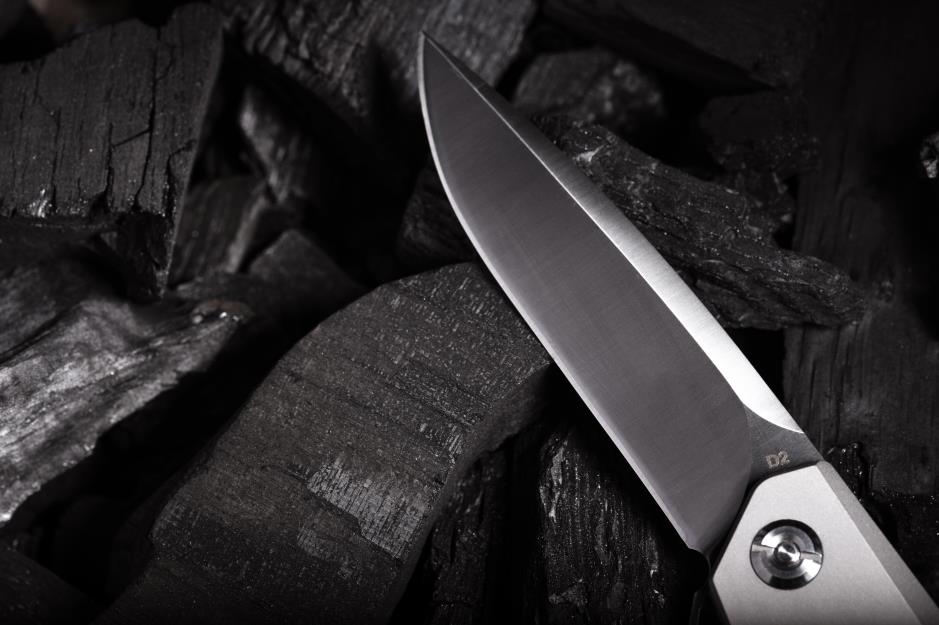
Friction and pressure play crucial roles in the functionality of various pocket knife lock types. Ensuring the blade stays open or closed securely depends on these forces working efficiently within the lock mechanism.
Friction folders are the simplest example of knives utilizing friction and pressure for their functionality. These knives don’t have a traditional locking system. Instead, the pivot point and a long tang provide enough friction to maintain the blade’s position, open or closed. You can add force manually, as your grip on the handle generates additional pressure to hold the blade in place securely.
Another example is the lever lock mechanism, which also employs pressure in its design. The lever exerts pressure onto the blade, keeping the knife open by holding against the tang. Releasing the lever allows the blade to close. Lever lock knives offer the advantage of quick, one-handed operation with minimal maintenance.
Knives featuring a detent ball and a ramp provide an example of how functionality can be enhanced by employing friction and pressure. When the blade is closed, a small spring and a detent ball apply pressure into the hole or a ramp on the blade’s tang. This creates friction, keeping the blade in the closed position. When you open the knife, the detent ball moves along the ramp and provides a smooth opening action. When you fully open the knife, the detent ball again exerts pressure, maintaining the blade in the open position.
As you can see, friction and pressure play a vital role in various pocket knife lock mechanisms. These forces help enhance both the safety and functionality of the knives, ensuring secure open and closed positions. Always prioritize understanding and respecting these forces while handling and maintaining your pocket knives.
Choosing pocket knife locks
We have explored the intricacies of 10 common pocket knife locks. You must now possess a comprehensive understanding to make an informed choice for your product line.
Consider the specific characteristics of each lock type to align with the preferences of your target market. Keep in mind that pocket knife locks are meticulously designed with diverse safety features, ensuring a secure and safe user experience. Tailoring your selection to the opening mechanisms and openers relevant to your audience is paramount.
If you find yourself with lingering questions about pocket knives or are ready to sell them, don’t hesitate to reach out to us. Our wholesale pocket knives are not only top-quality but also customizable to meet your unique requirements. Take the next step by requesting a quote today, and we guarantee a response within 48 hours. Your venture into the world of pocket knives awaits!
